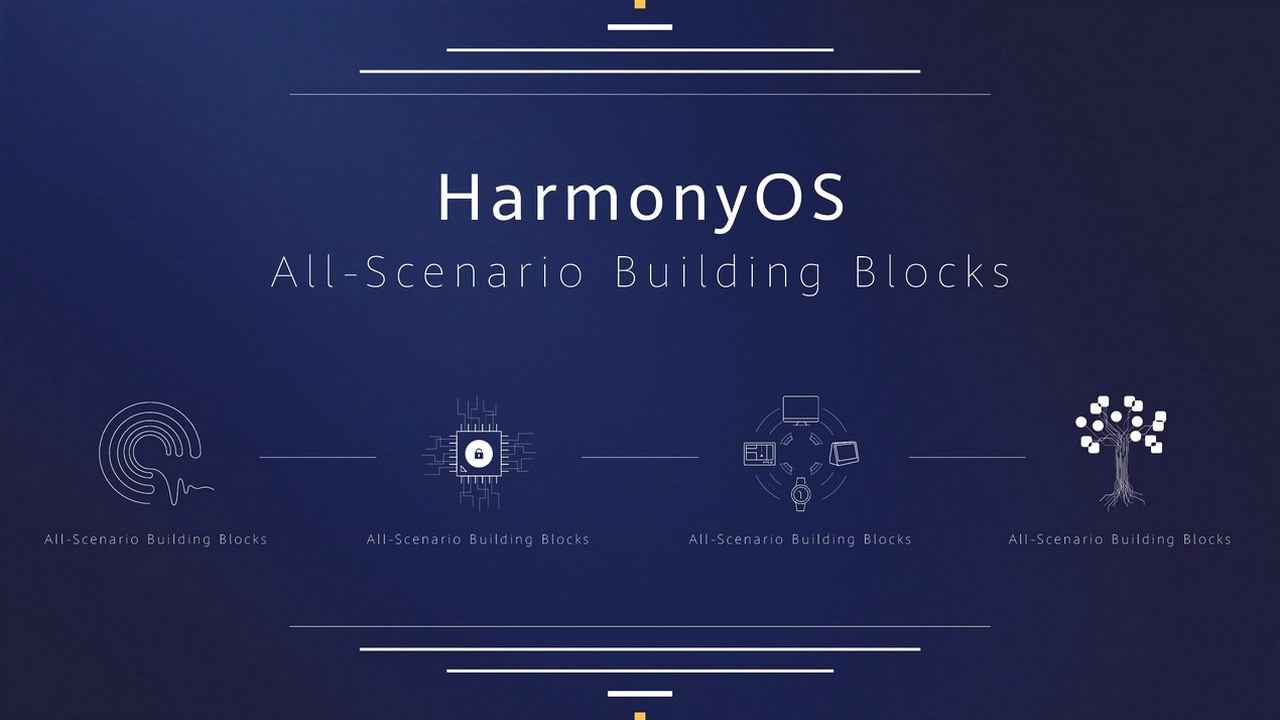Huawei had announced that it had been working on an in-house OS after
US sanctions had forced Google
from not giving the Chinese smartphone maker the Android license. Hongmeng OS or as it is called outside China, Harmony OS, was meant to replace Android. But ever since the deadline on the trade ban on US companies working with Huawei had been extended and it got the Android license back, the company has not been very forthcoming about its
shift to Harmony OS
on its smartphones. As a matter of fact, the company has reportedly said that it has no plans of releasing a smartphone with its in-house OS this year. [caption id=“attachment_7137481” align=“alignnone” width=“1280”] Harmony OS. Image: Huawei[/caption] (
Also Read - Hongmeng OS (Ark OS): Google’s absence could create big problems for Huawei
) Huawei Senior Vice President Vincent Yang has said,
as per CNET
, that Huawei would like to maintain its current Android ecosystem on smartphones and will only use Harmony OS as a plan B in the case sanctions are again imposed on it. Huawei does not have any guarantee that it will get Google’s Android license permanently. On 19 August, the initial 90-day reprieve on the ban imposed in May ended for Huawei but the company has been
granted an extension of another 90 days
. The company’s upcoming Mate 30-series flagship smartphones will be running Android out-of-the-box according to reports. The company has made claims of shipping its OS to
nearly 225 million devices
by the end of this year. Back in June a report came out by the firm
Rosenblatt Securities
which stated that Huawei has managed to ship about 1 million devices pre-loaded with its
proprietary HongMengOS
. Richard Yu, CEO of Huawei’s Consumer Business Group, had earlier explained the company’s thoughts behind developing this new OS. “We’re entering a day and age where people expect a holistic intelligent experience across all devices and scenarios. To support this, we felt it was important to have an operating system with improved cross-platform capabilities. We needed an OS that supports all scenarios, that can be used across a broad range of devices and platforms, and that can meet consumer demand for low latency and strong security.” As per
XDA
, Harmony OS is a microkernel-based operating system that is similar to the Fuchsia OS that is being worked upon by Google. Over the next three years, Harmony OS will be optimised and gradually adopted across a broader range of smart devices, including wearables, Huawei Vision, and head units for your car. At that event, Huawei made it clear that Harmony OS was not meant to replace Android on smartphones but is meant to work across various devices with a focus on security. Huawei can switch to Harmony OS in about 2 days if need be, but the company has decided on sticking to Android OS for now, keeping the interests of its existing hardware partners in mind.
Harmony OS. Image: Huawei[/caption] (
Also Read - Hongmeng OS (Ark OS): Google’s absence could create big problems for Huawei
) Huawei Senior Vice President Vincent Yang has said,
as per CNET
, that Huawei would like to maintain its current Android ecosystem on smartphones and will only use Harmony OS as a plan B in the case sanctions are again imposed on it. Huawei does not have any guarantee that it will get Google’s Android license permanently. On 19 August, the initial 90-day reprieve on the ban imposed in May ended for Huawei but the company has been
granted an extension of another 90 days
. The company’s upcoming Mate 30-series flagship smartphones will be running Android out-of-the-box according to reports. The company has made claims of shipping its OS to
nearly 225 million devices
by the end of this year. Back in June a report came out by the firm
Rosenblatt Securities
which stated that Huawei has managed to ship about 1 million devices pre-loaded with its
proprietary HongMengOS
. Richard Yu, CEO of Huawei’s Consumer Business Group, had earlier explained the company’s thoughts behind developing this new OS. “We’re entering a day and age where people expect a holistic intelligent experience across all devices and scenarios. To support this, we felt it was important to have an operating system with improved cross-platform capabilities. We needed an OS that supports all scenarios, that can be used across a broad range of devices and platforms, and that can meet consumer demand for low latency and strong security.” As per
XDA
, Harmony OS is a microkernel-based operating system that is similar to the Fuchsia OS that is being worked upon by Google. Over the next three years, Harmony OS will be optimised and gradually adopted across a broader range of smart devices, including wearables, Huawei Vision, and head units for your car. At that event, Huawei made it clear that Harmony OS was not meant to replace Android on smartphones but is meant to work across various devices with a focus on security. Huawei can switch to Harmony OS in about 2 days if need be, but the company has decided on sticking to Android OS for now, keeping the interests of its existing hardware partners in mind.
Huawei has no plans for launching smartphones with Harmony OS in 2019: VP Vincent Yang
tech2 News Staff
• August 22, 2019, 17:01:35 IST
HongmengOS or as it is called outside China, HarmonyOS was meant to replace Android.
Advertisement
)
End of Article